The Pleasures (And Melancholy) Of The Late Autumn Garden
The Pleasures (And Melancholy) Of The Late Autumn Garden
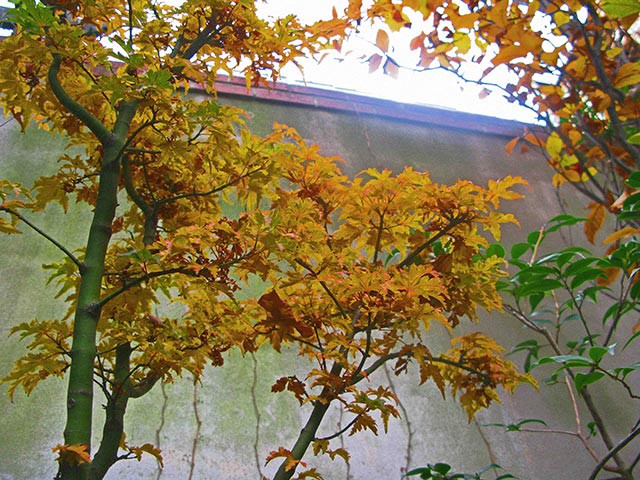
These days when I go out in the garden, I’m reminded of how, as a kid, I used to feel at the end of August, when the start of school loomed and you could already hear the gates to freedom and laziness clanking shut. As an adult, it’s a dread of winter tempered by the last of the color; the brightness is all the more striking for being found in a web of leafless, grey vines and branches. There’s a certainty that what remains is about to end.
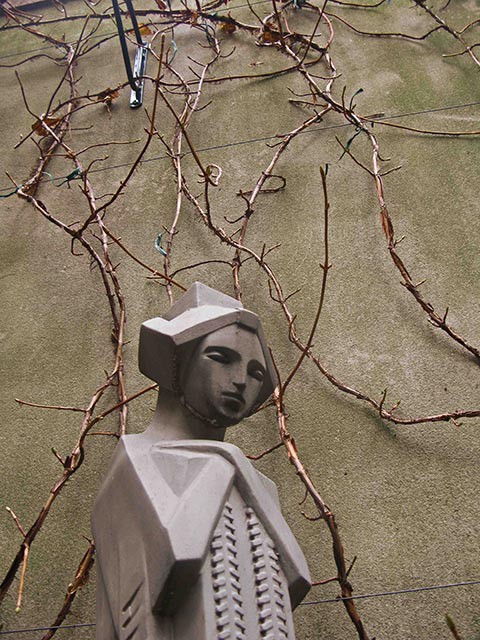
Which is not to say the vines (here, climbing hydrangea) don’t possess a stark beauty, but it’s a beauty of ruins, a memory what has been. I think having a statue helps, too (ours is a Frank Lloyd Wright reproduction), although I’m sure some gardening purists would beg to differ.
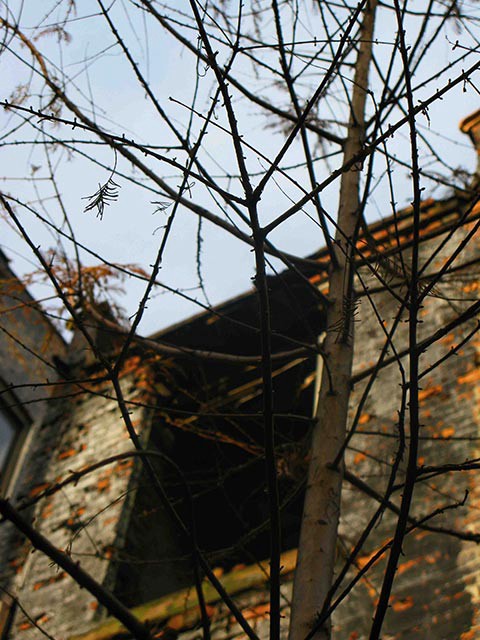
If you live near actual ruins, like I do, you can take a certain satisfaction as you stare through the branches of the dawn redwood (a deciduous conifer) toward the burned-out window of the abandoned crack house next door.
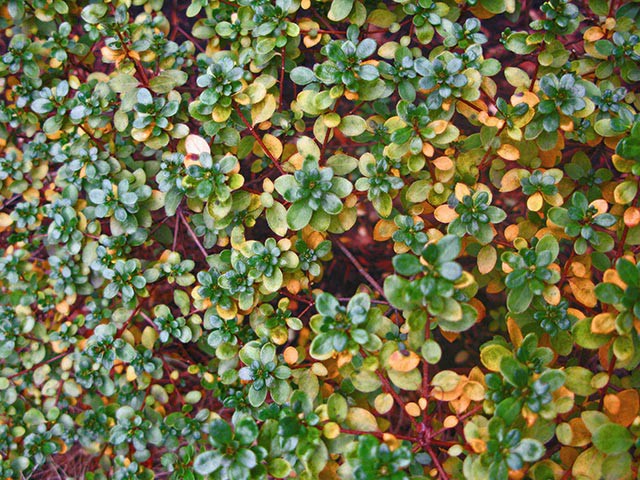
Not everything is so grim; there are stellar patterns to be found in the yellowing leaves of the azalea, and already the center of each whorl contains a bud.
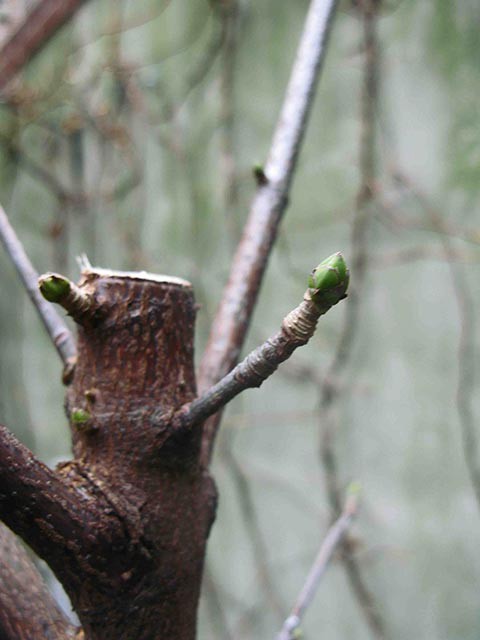
Late autumn is also a time of taking stock. This year we lost the leading branch of our “Eskimo Sunset” (a highly variegated cross between a Japanese maple and sycamore) to some sort of pest, but fingers crossed the tree itself seems to have recovered nicely.
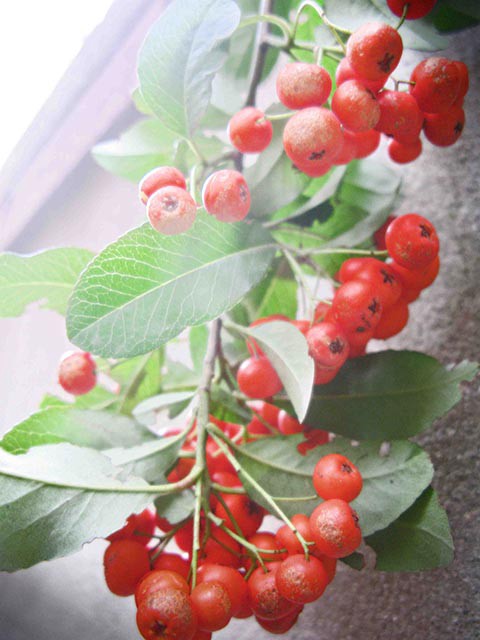
Another benefit of the garden at this time of year is the intensity of orange (found here in the firethorn berries), which you just don’t see in the spring or summer, or at least not around here.
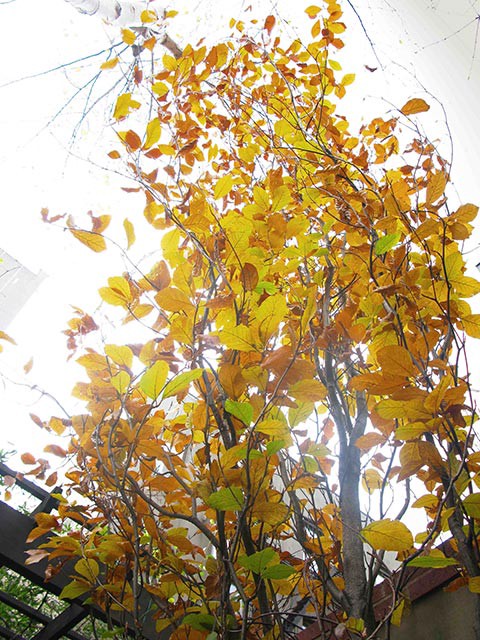
The same could be said of the golden hues of the columnar beech tree. Ours also had a rough summer (I mean: didn’t we all? it was the hottest on record, which you probably don’t want to remember) fighting off some sort of spidery infestation, but it now seems happy enough. The beech can live for hundreds of years, so it would be a tragedy (at least in terms of the garden) to lose it at such a young age.
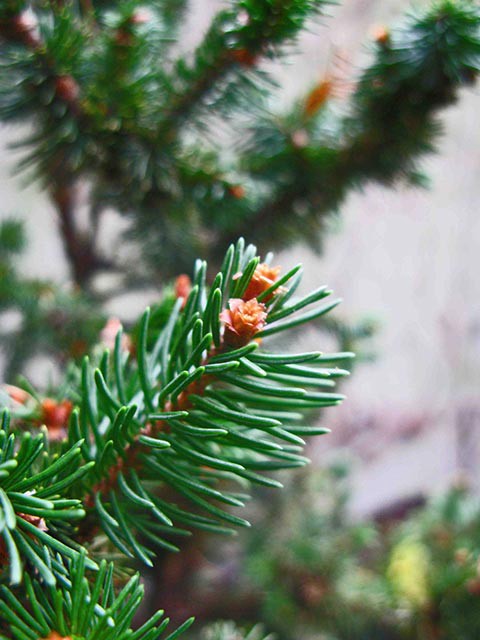
Then there are the conifers, which, for staying green all year round, must be considered the optimists of the garden (or perhaps the insomniacs). They actually look forward to the snow, which is why we must regard these trees with equal parts admiration and skepticism — they’re not the kind of someones you’d necessarily want to start a business with. And finally it’s important to acknowledge the moss, which as it slowly creeps over the brick reminds us that all paths lead to the same end.
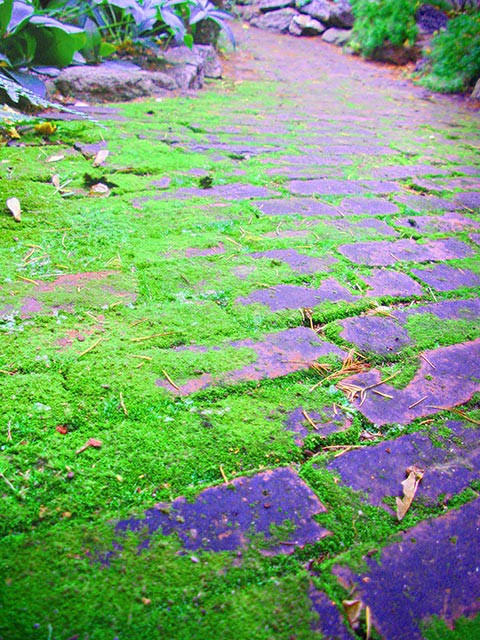
Matthew Gallaway is the author of The Metropolis Case and the director of Remembrance of Things Past.
